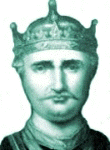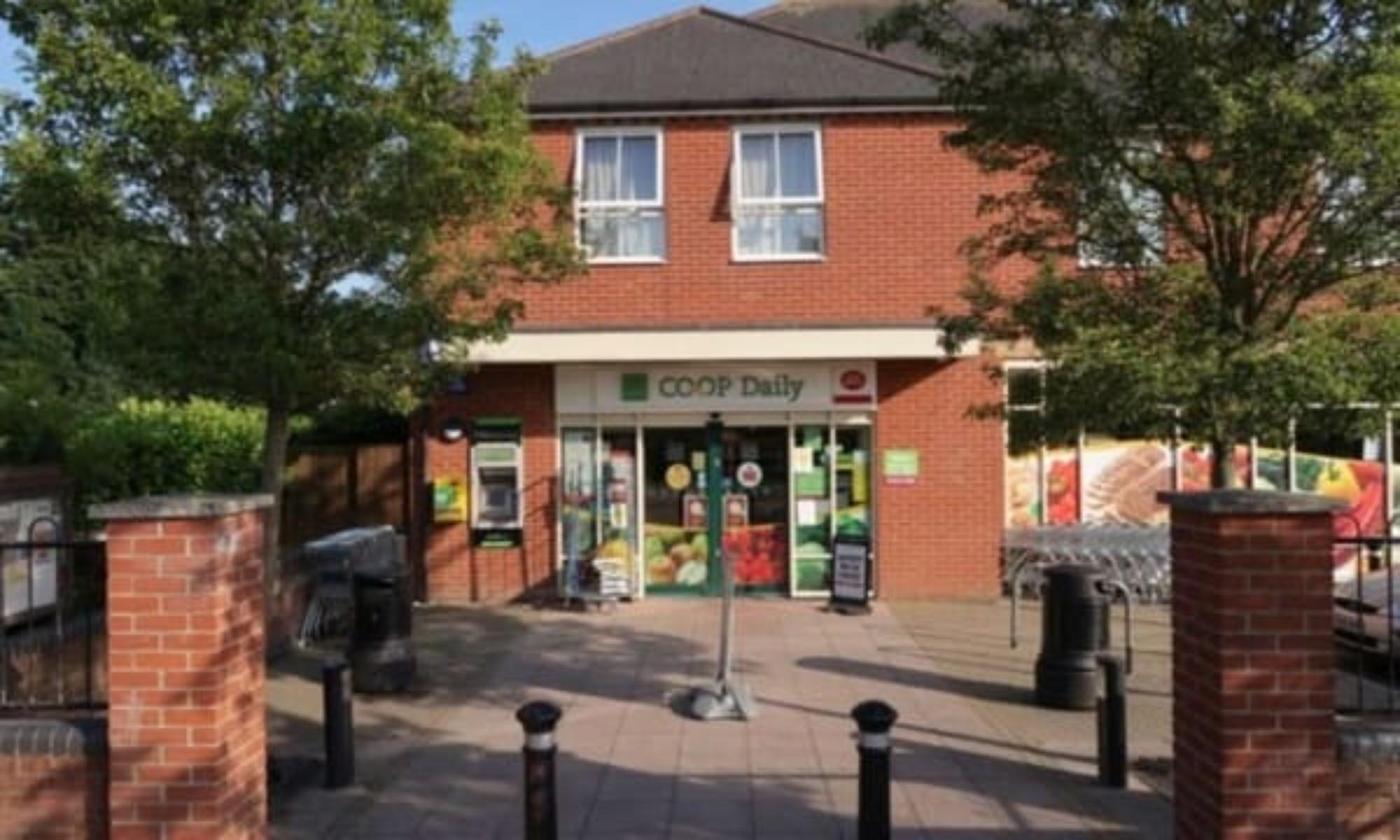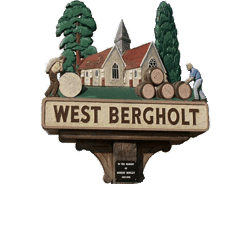11th century Norman conquest of England
The Norman conquest of 1066 signalled the end of Anglo Saxon reign in England.
Edward the Confessor of England was said to have promised his relative, William – Duke of Normandy, the throne of England upon his death. On Edward’s death, however, the crown passed to Harold, Earl of Wessex. William secured the pope’s support for his claim, raised an army, and invaded England in 1066, defeating Harold II at Hastings, Sussex.
 William (pictured right) was crowned King of England on Christmas Day 1066.
William (pictured right) was crowned King of England on Christmas Day 1066.
1067 – Normans in West Bergholt
In 1067, the Norman conquerors arrived in West Bergholt, robbing the native Englishmen of their land and introduced laws which were harshly enforced.
Over the next three centuries, the Norman aristocracy and their English subjects gradually and painfully integrated into a new nation. But it was a slow process. The Norman masters were brutal, greedy, independent-minded and frequently in conflict with the King.
The Lords of the Manor of West Bergholt gave the local peasants plenty to gossip about. After all, some of the local landowners were members of the royal court and close to the King. Others were involved in plots to over-throw him.
The whole of West Bergholt (known to the Anglo-Saxon residents as Bercolta, or the Copse on the Hill) was split between two Normans who played an important role in the conquest; Roger de Poitou and Richard Fitzgilbert.
Local landowners Leofwin Croc, who was Lord of the Manor, Alfwys the Hunter, Leofeild and Goding had their land, cattle, sheep, pigs, goats and slaves forcibly taken from them to be shared amongst the Normans.
Jon Lander
‘A Thousand years of village news’
December 1999

